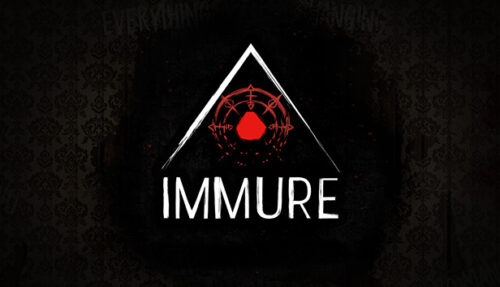 A few years ago, I picked up a bundle on itch.io that included a horror game called Immure.
A few years ago, I picked up a bundle on itch.io that included a horror game called Immure.
Immure is a side-scrolling horror game about a man who finds himself trapped in a strange mansion. After seeing a glimpse of his past, his exploration takes him into another space entirely – an apartment building where a monster roams the halls.
You’ll find items you need to use to get past obstacles and unlock doors, notes that shed light on the events that happened before the game, and places to hide from the monsters. In addition to hiding, you can stop monsters temporarily by shooting them.
There’s another mechanic as well, a mysterious crystal that acts as your light but can also be used to reveal secrets.
What really stood out to me is that you can choose whether to save or destroy the monsters by making use of the information you learn about them, which reminds me a bit of the Spirit Hunter series. I enjoyed it there, and I liked seeing it here, as well.
Now, after playing for about an hour, I finished the apartment section and returned to the mansion, and that’s when I learned that what I actually got in the bundle was Immure Part 1.
Part 2 is only available on Steam, as DLC for the first part, but since Part 1 is free on Steam, I could download it and buy Part 2. However, it seems the remaining parts will probably never be developed, so even playing Part 2 will leave me with an incomplete experience. It’s a shame to see that it didn’t work out, especially since the game seems so promising!
I might still get Part 2 one of these days, but in the meantime, the first part of Immure is an enjoyable horror game worth taking a look at if you don’t mind knowing its mysteries may remain unresolved.


